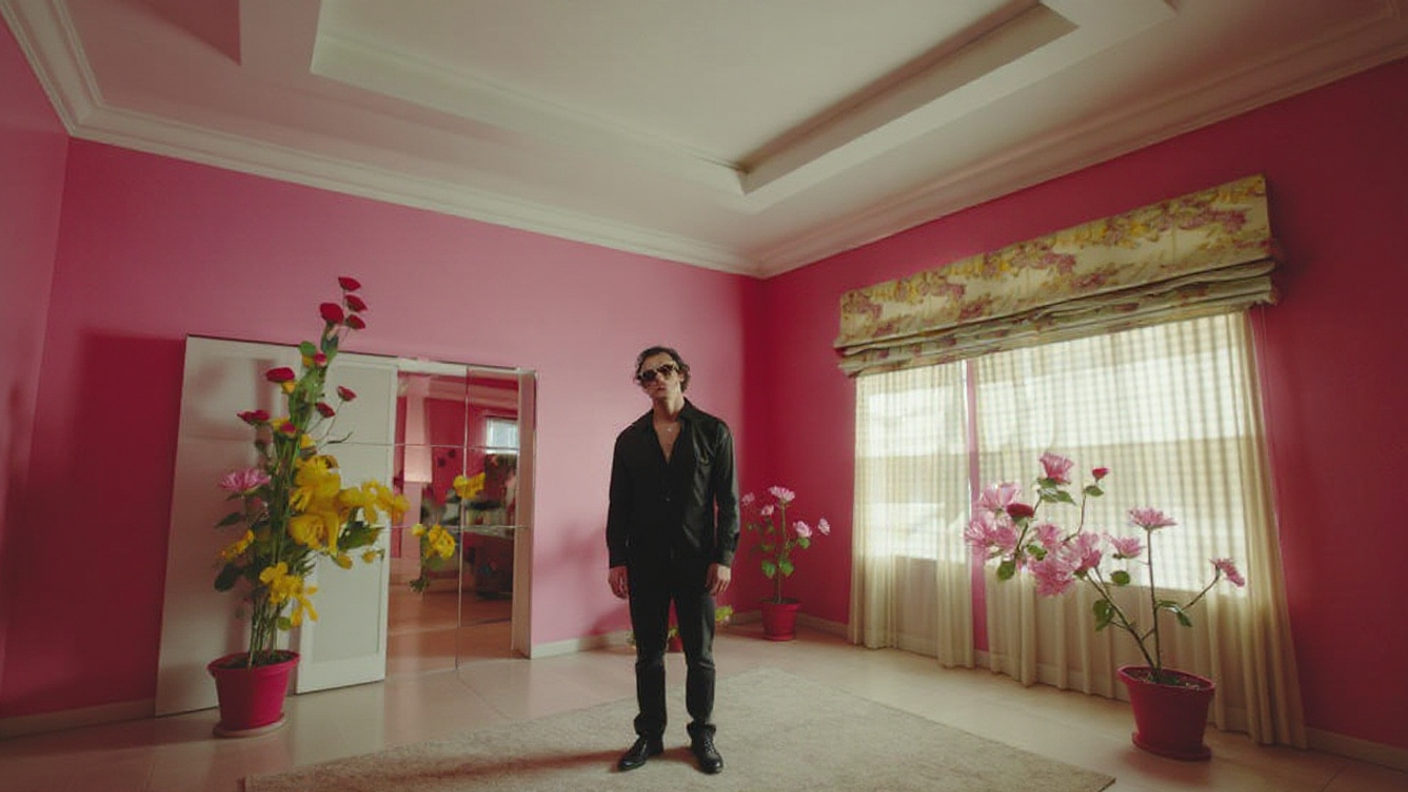A single photograph captures an actor during a performance. Another freezes a well-composed scene.
A third shows off intricate set design. Film stills turn moving images into promotional photographs that sell movies with striking visuals. W
hat is a film still, and how can tools like LTX create promotional images? Let's look into the photographs used to market movies.
{{blog-banner-static03}}
What is a Film Still?
A film still is a photograph taken on set during production or made from footage for promotional reasons. These images capture specific moments, characters, or scenes.
Film stills play a role in marketing, press, and archiving. Film stills are important because they help sell films before their release.
Posters use stills, press kits include them, and social media shares them. These images help build audience anticipation and interest. The format is different from screenshots.
Film stills are professionally taken, with good lighting and composition. Screenshots just capture frames from finished films.
Film Still Meaning
The meaning of film stills involves production photographs that document and promote films. Stills capture behind-the-scenes moments and key scenes.
They serve as both historical records and marketing tools. Recognizing what film stills are shows their dual role. They document the production process for archives and promote films to generate audience interest. Both roles make stills an essential part of filmmaking.
Professional still photographers work on set, capturing images without interfering with filming. They collaborate with cinematographers to match lighting and framing.

Film Still Examples
Film stills vary from character portraits to atmospheric scene captures.
Character portraits display actors in costume and character. Close-ups show emotional performances, while wide shots place characters within their environments. These stills introduce audiences to both main characters and the supporting cast.
Action moments freeze exciting scenes in motion. Explosions, fights, or chases are captured at their most intense. Dynamic stills promise thrilling entertainment by suggesting the film's energy and pace.
Atmospheric scenes help set the visual tone and backdrop. These carefully composed environmental shots showcase lighting and color choices. They communicate mood and artistic vision.
Ensemble shots feature casts together. Group compositions suggest relationships and moments from franchise films. The stills highlight the scale and star power of the cast.
Behind-the-scenes stills document the production process. They show directors working with actors and crews setting up elaborate shots. These images help connect the audience to the filmmaking craft.
Creating Film Stills with LTX
LTX allows creators to efficiently produce promotional film stills. You can create high-quality images from storyboards, showing key moments. Generate promotional imagery that matches the film's aesthetic.
Extract frames from generated video content and select the most striking moments as stills. You can also export high-resolution images for marketing purposes.
Create character portraits for promotional materials, ensuring consistent character imagery.
Produce photography for press kits. Develop mood boards and visual references to create stills that establish tone.
This allows filmmakers to create professional promotional stills without needing photographers on set. It makes generating marketing imagery efficient.
Conclusion
In conclusion, film stills capture cinema’s most memorable moments in single frames. These photographs serve as marketing tools and cultural artifacts that promote and preserve films.
Great stills distill entire stories into compelling images. With LTX, creators can use AI-powered image tools to generate film stills. Modern platforms help produce promotional photography effectively.
Heading
November 24, 2025
















.png)







